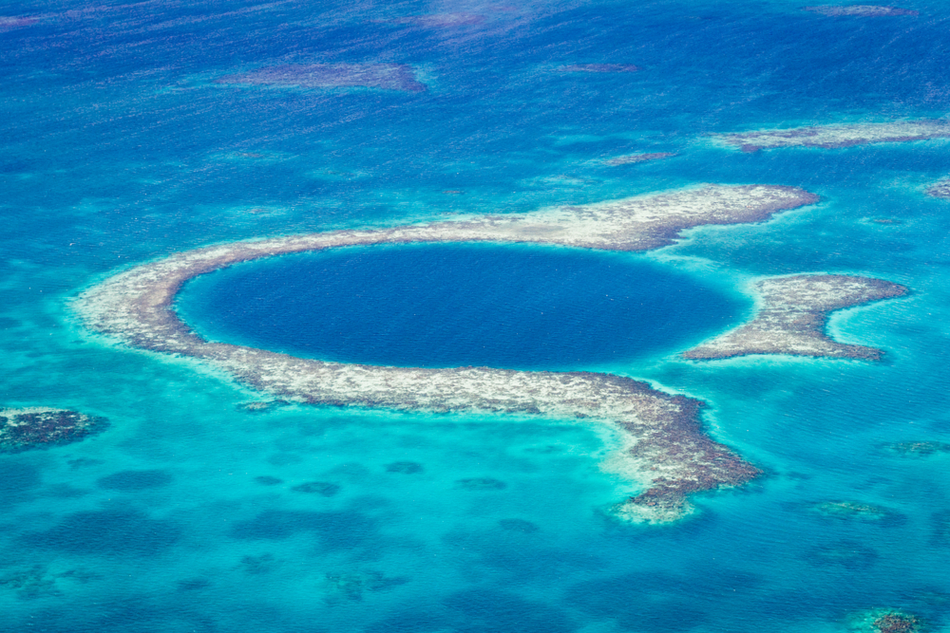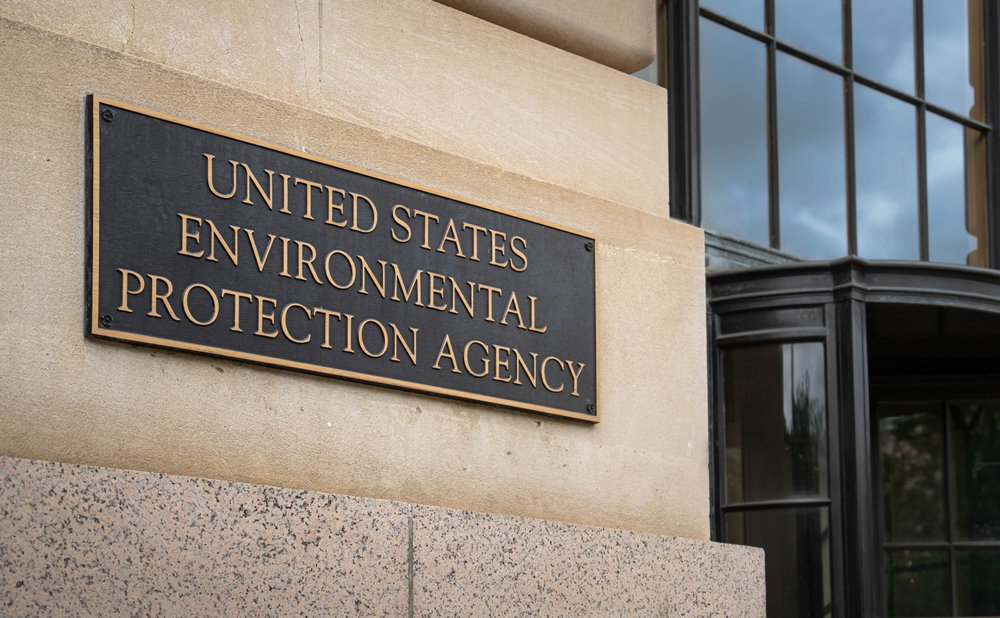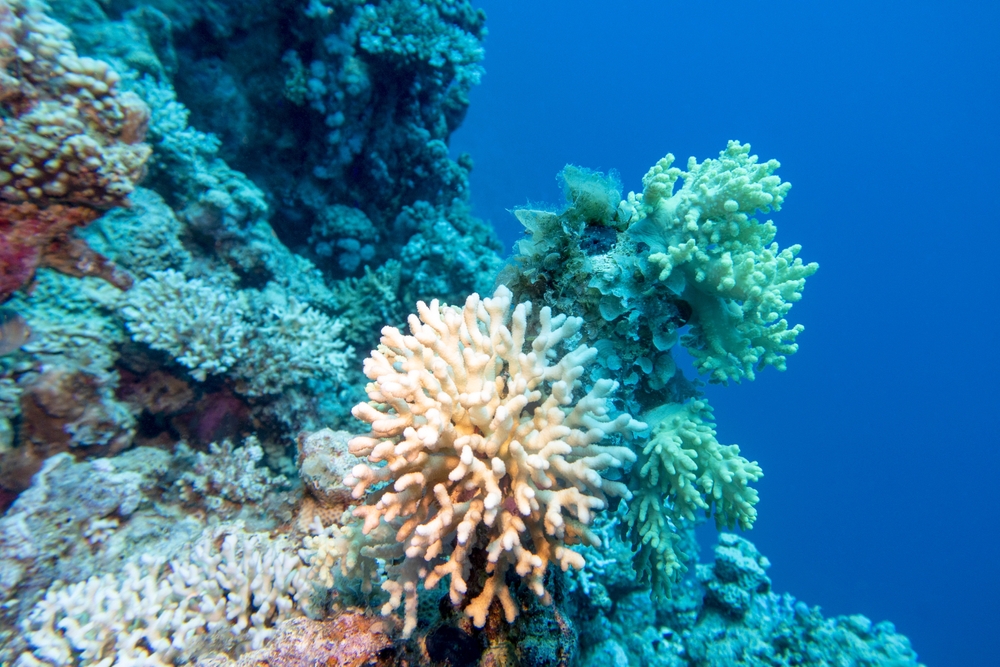When Hurricane Iris hit Belize in 2001, it ravaged almost all of the country’s coral reefs. The devastation signaled bad news not only for the surrounding marine life but also for the local communities who rely on reefs for food, work, and protection from storms and erosion. Now, thanks to a community-driven coral restoration project, the reefs are once more thriving.
The comeback is part of a decade-long conservation project coordinated by the Belize-based nonprofit Fragments of Hope. Marine biologist Lisa Carne founded the project with little support from funders, many of whom said that it would be impossible to restore the hurricane-ravaged reefs.
“The general feeling was that the reef couldn’t be saved, and no one was interested in conservation projects,” said Carne, who set down her path to restore the reef all the same.
Reef restoration through asexual reproduction of corals
The process is called fragmentation and it essentially taps into the ability of many coral species to reproduce asexually. This, in turn, allows for the creation of new colonies in vulnerable areas by transplanting coral cuttings to those places.
Using that technique, Carne began creating coral nurseries in Placencia, a village in southern Belize, where coral cuttings could be used to regenerate the reefs that were destroyed by the hurricane.
The local community has spent more than 10 years planting scores of coral fragments in a bid to restore the once-thriving reef. The effort came in the form of a community-driven system where guides, fishers, divers, and snorkellers were trained to nurse the coral back to life.
Following their work, coral coverage in the area has grown from 6 percent to a whopping 60 percent, making Placencia one of the most successful and long-standing coral regeneration sites in the world. And because it has been so successful, Fragments of Hope is now working to expand the conservation model to other parts of Belize, home to the world’s second-longest coral barrier reef.
Why protecting coral reefs in Belize is important
Belize’s Barrier Reef stretches for 190 miles along the country’s coast, and this ecosystem is a vital habitat for hundreds of species of marine life, including endangered corals, jellyfish, and turtles. Not only that, but most local communities also rely on the reef for income and food. According to the World Wildlife Fund, the reef contributes about 15 percent to the country’s GDP, employing over 200,000 people in the tourism and fishing industries.
Unfortunately, the Belize Barrier Reef is under threat from climate change-induced coral bleaching, as well as trawling, oil exploration, and natural disasters. Thanks to projects like Fragments of Hope, however, not everything is lost.












